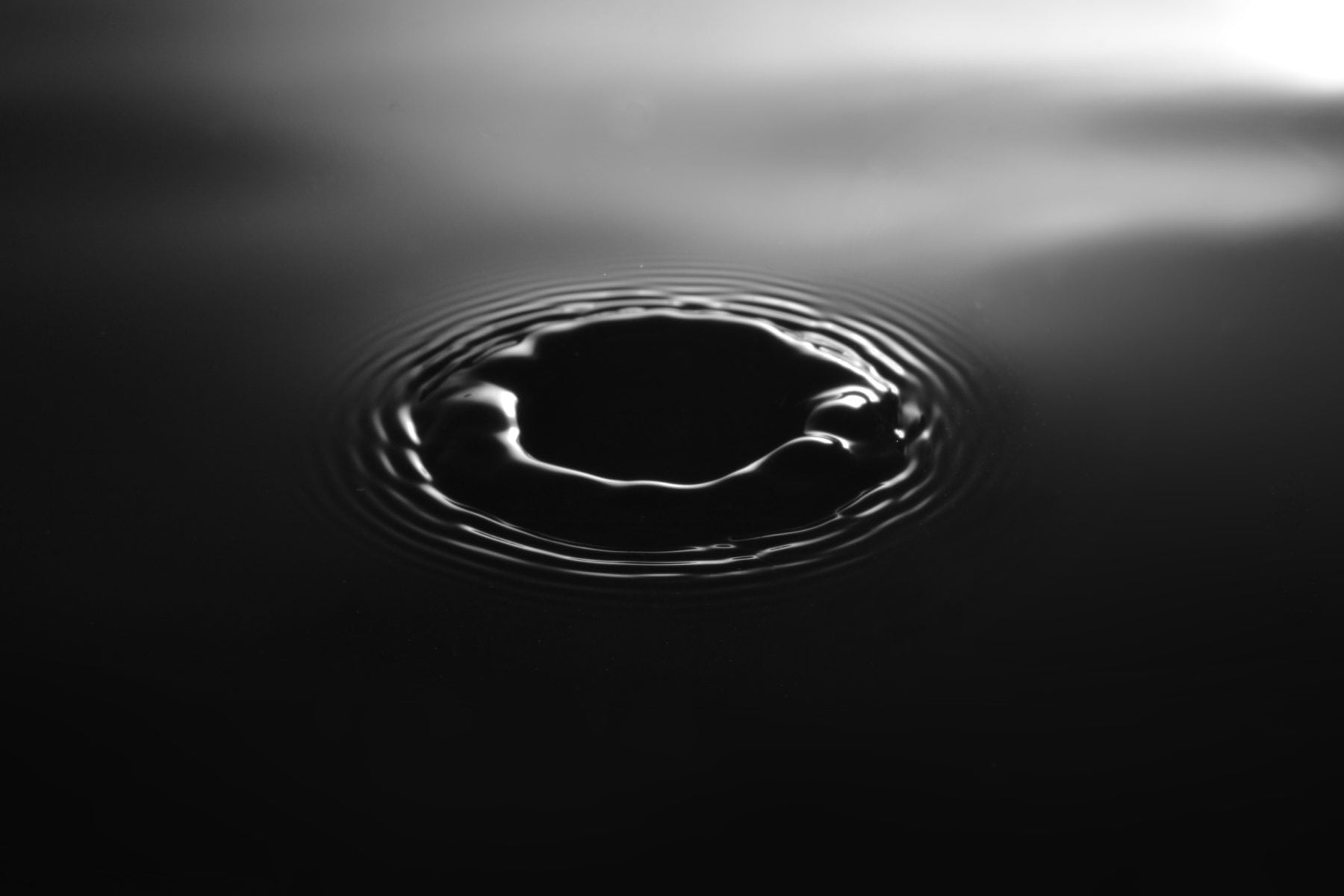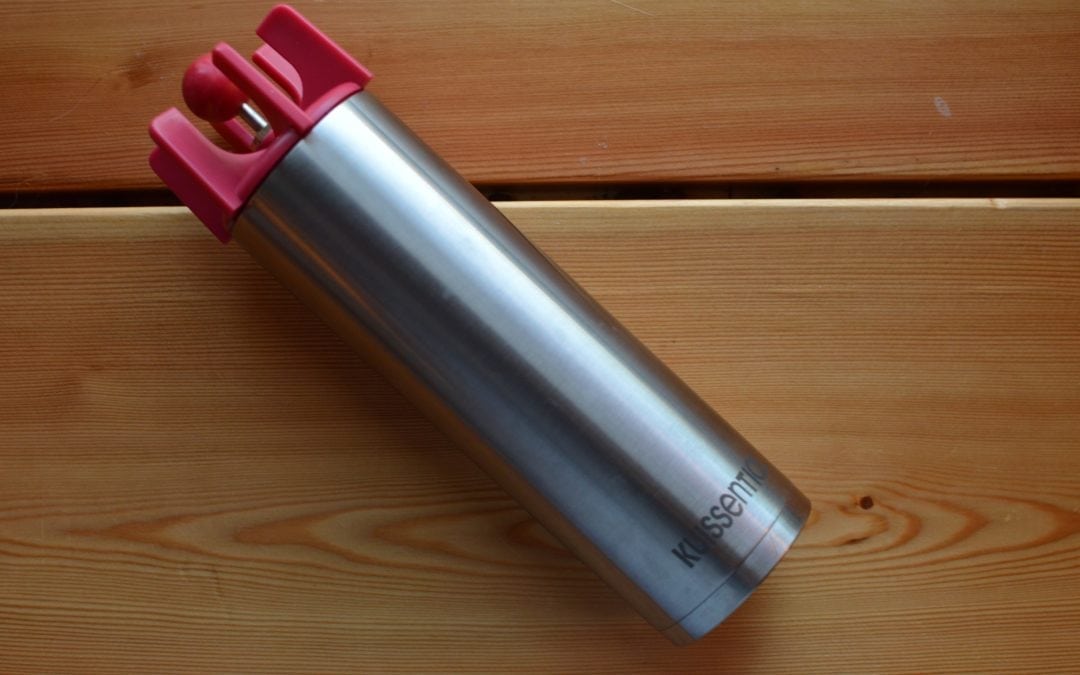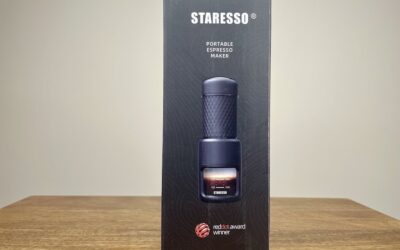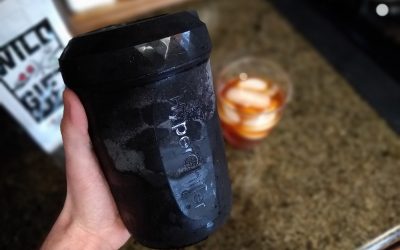I haven’t dealt much with different types of water with coffee brewing. Yes, there is a slight difference in taste most of the time between tap and bottled purified water, but the difference has mostly been minimal. Until now.
As my palate has evolved over the last six months, so has my ability to detect flavor changes due to water, and recently it’s been very noticeable. I’ve had a few cups in the last couple of days that have left me questioning, “Why does the coffee I brew at Yellow House taste so much better than the coffee I brew at my house?” Our water at Yellow House Coffee meets the SCAA Water Standards well, but Lubbock, Texas isn’t really known for its ideal water.
Everything makes sense now.
Chlorine / Chloride
Based on my limited chemistry knowledge, chloride is simply chlorine with an attached electron. I think it’s safe to compare Lubbock’s chloride reading to the SCAA’s chlorine standard.
The SCAA claims the target is 0 mg/L.
Lubbock’s water has anywhere between 200-300 mg/L. Yikes.
Total Dissolved Solids
Lubbock’s report doesn’t include TDS, and I don’t have a tester with me, but it’s safe to say that the TDS of Lubbock water is far beyond the ideal range according to the SCAA. I am confident in this estimate because TDS is commonly associated with water hardness.
Hardness
The SCAA calls for a hardness of 17 – 85 mg/L.
Lubbock’s water is anywhere between 120 and 240 mg/L.
Total Alkalinity
The SCAA advises 40 mg/L for total alkalinity.
Lubbock boasts 170 – 230 mg/L depending on the water source.
pH
6.5 – 7.5 is the SCAA’s approved range.
7 – 8 is Lubbock’s reading.
Sodium
The SCAA targets 10mg/L of sodium.
Here in Lubbock we have anywhere from 30 – 240 mg/L.
Mystery Solved
Goodness gracious, those are some terrifying readings for coffee enthusiasts. No wonder the coffee at Yellow House is always better! I just can’t believe I haven’t noticed it so clearly until now. How embarrassing.
It’s important to note that while Lubbock’s water is full of minerals that negatively affect coffee taste, it still falls within the allotted ranges that the US government has laid out, making it safe, even healthier than purified water, to drink.
The next step is to check out different bottled water companies and see which comes closest to ideal water quality.













This post was very interesting to me, so I checked out the same 2013 Lubbock water quality report. To further support your point, for the Total Dissolved Solids, it looks like the 2013 Lubbock levels were 666-818 ppm. In contrast, the SCAA standard sets a target of 150 mg/L. (ppm=mg/L here). Do you have a suggested water to use at home? I was using distilled water until recently.
I had a very similar experience – I couldn’t figure out why my coffee was great at home, and barely drinkable at work. I controlled every variable – equipment, beans, grind. I don’t know why it didn’t occur to me sooner that it was the water, especially given that I had noticed that the coffee shop chain brewed much more bitter coffee near my work, than it did near my home. Then one day, it occurred to me that that my coffee NEVER formed crema at work, but DID at home. I /think/ the water supply in the city where I worked badly over-chlorinated. As soon as I started bringing water with me to work, my coffee got good.